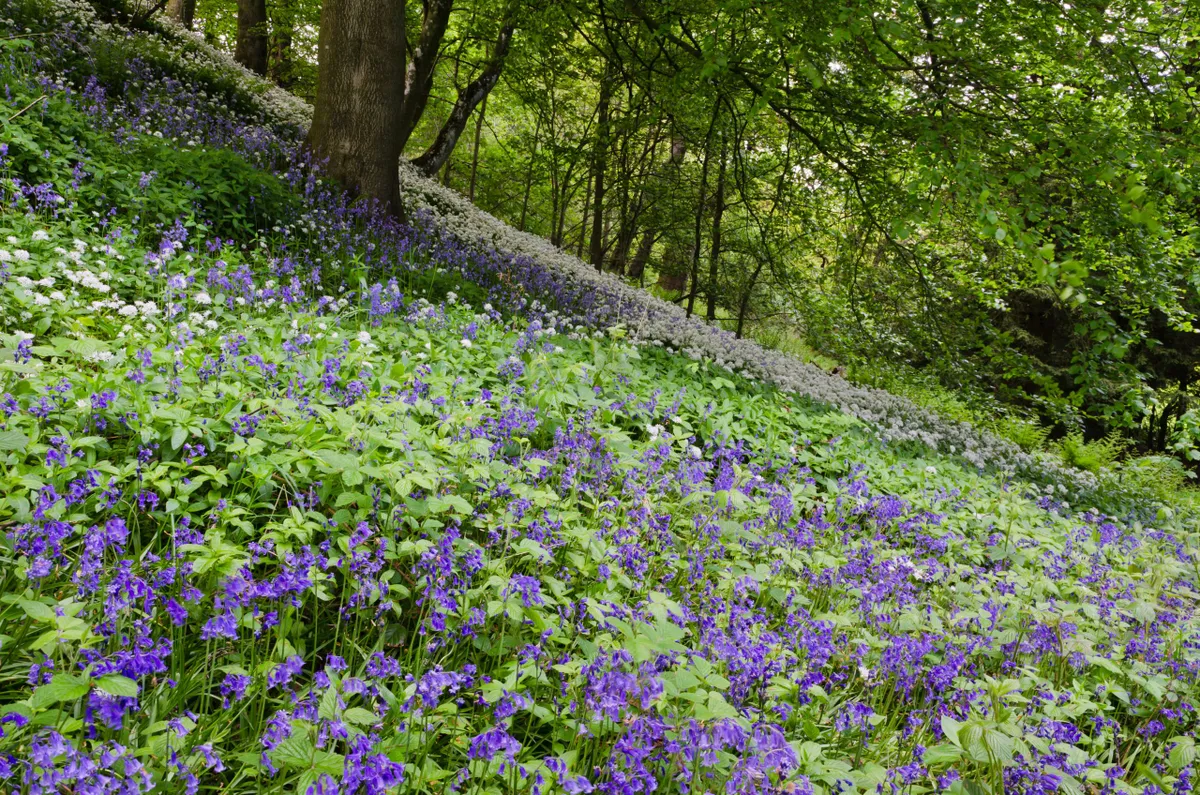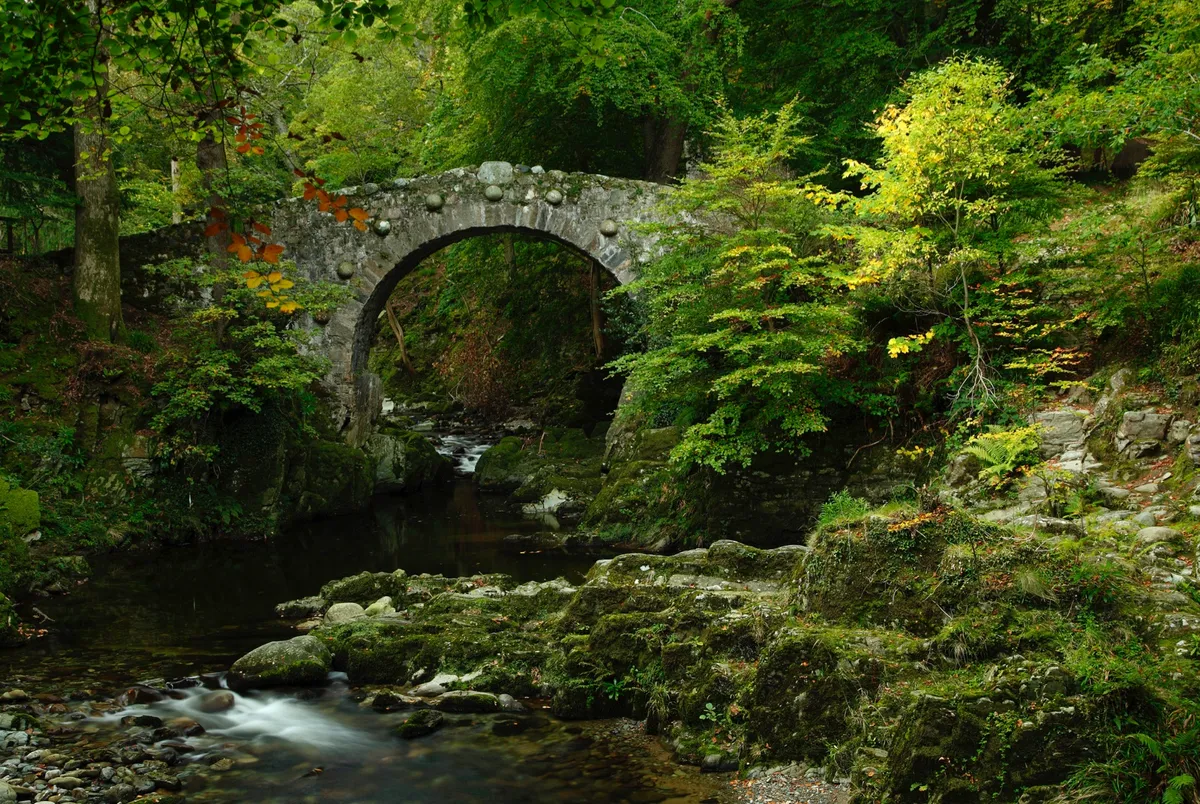We all love the great outdoors, but sometimes actually getting out there can be difficult. Perhaps you have limited mobility and find the logistics of experiencing the wider landscape challenging, or maybe the Coronavirus crisis means you don’t feel comfortable travelling. Perhaps you don’t deal well with the cold, or maybe that dream location – and the time and money it takes to get there – feels just out of reach.
We at BBC Countryfile Magazine have always shared wonderful wildlife stories and beautiful landscapes, not only to inspire future trips but also as a means for vicarious adventure.
Our virtual escapes series brings together some of the most awe-inspiring nature and landscape videos from across the UK, meaning you can sit back and relax from the comfort of your home and get your fix of the great outdoors even if you can’t physically be there.
Experience the sights and sounds of the British countryside with our stay-at-home guide to the UK’s most magical woodlands and forests.
Discover more virtual escapes
Our virtual escapes series brings together a collection of spectacular films, taking you on a visual journey through the British landscape. Discover majestic mountains, shimmering shores and peaceful rivers with our virtual escapes.
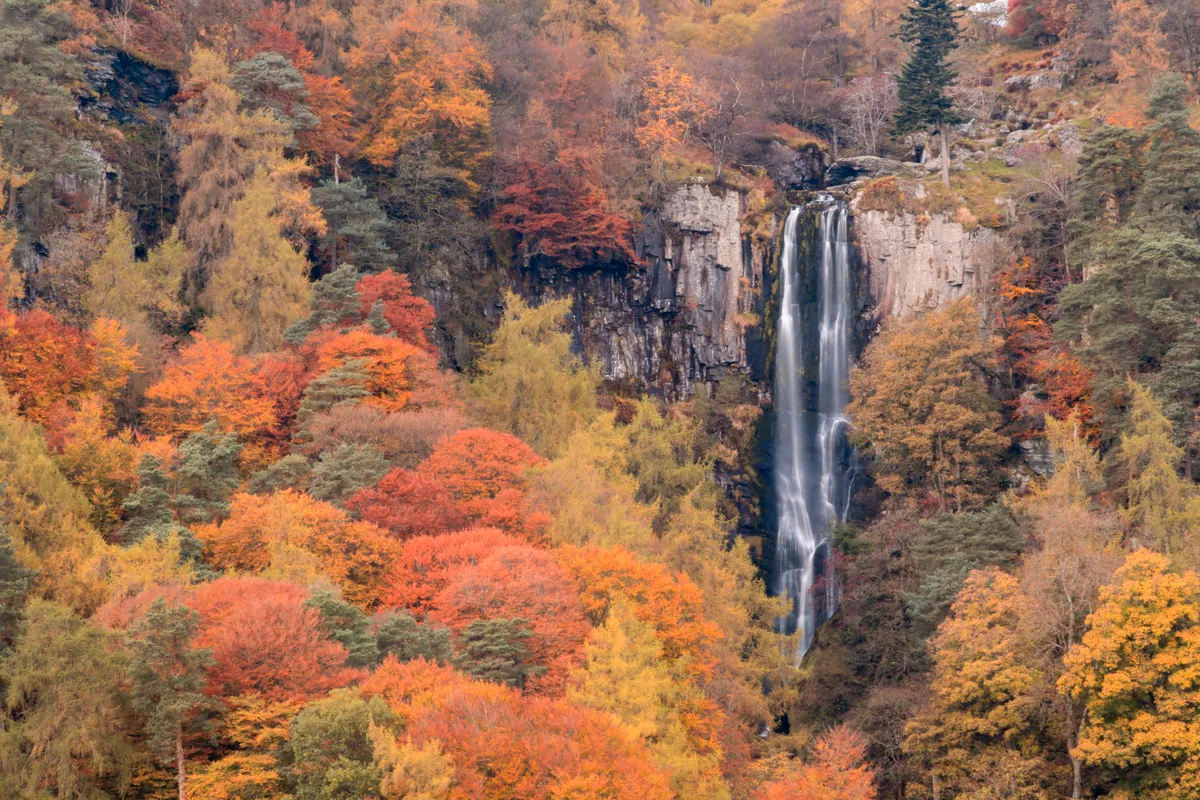
Fingle Woods, Devon
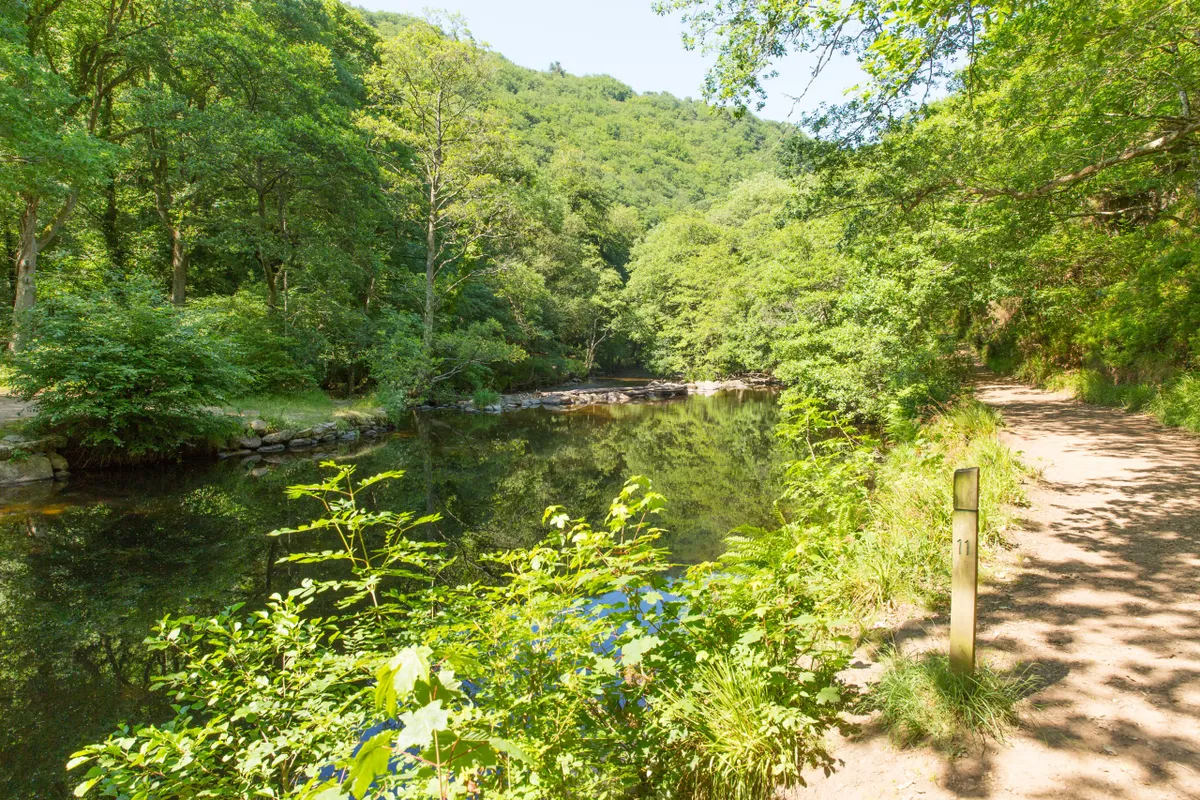
The River Teign tumbles off windswept moors, swirling and carving through a spectacular gorge overhung with crooked oaks and beeches. The fresh spring air invigorates the soul. Deep within this valley in the northern fringes of Dartmoor National Park, an ancient woodland is returning.
Some 3,000 years ago, in the Iron Age, these woods were a hub for timber production and hunting. Over time, depletion of the forest’s resources caused its rich ecology to suffer (the lofty oaks that remain could surely tell some tales). For years, conifers dominated the gorge, but the woods are now being restored to their former deciduous glory. The National Trust and the Woodland Trust are overseeing this spectacular transformation, making it one of the largest woodland restoration projects in England.
Witness this special woodland in spring with the Woodland Trust's timelapse video:
Forest of Dean, Gloucestershire

It’s hard to imagine a more tranquil place than the Forest of Dean. In spring and summer, the rolling woodlands light up green. Oak woods are joined by stands of larches, Britain’s only deciduous conifer, which turn a diaphanous pale gold in autumn. Then there are rowans, cherry trees, field maples and giant chestnuts.
Amid this glowing tapestry of colour, wildlife teems. Goshawks wheel above oak woods, eyeing squirrels gathering acorns. Crossbills feed on larch cones in autumn. Wild boar forage among the undergrowth; the forest sustains Britain’s largest population, descended from animals escaped from a nearby boar farm more than 15 years ago. Then there are bats: Europe’s biggest concentration of greater and lesser horseshoes. With all this thriving wildlife, it’s hard to grasp how transformed these woods are. For unlikely as it now seems, this was one of the great crucibles of the Industrial Revolution.
Discover one of the most magical corners of the Forest of Dean, Puzzlewood, with this film by Squashed Robot:
Abernethy Forest, Highland
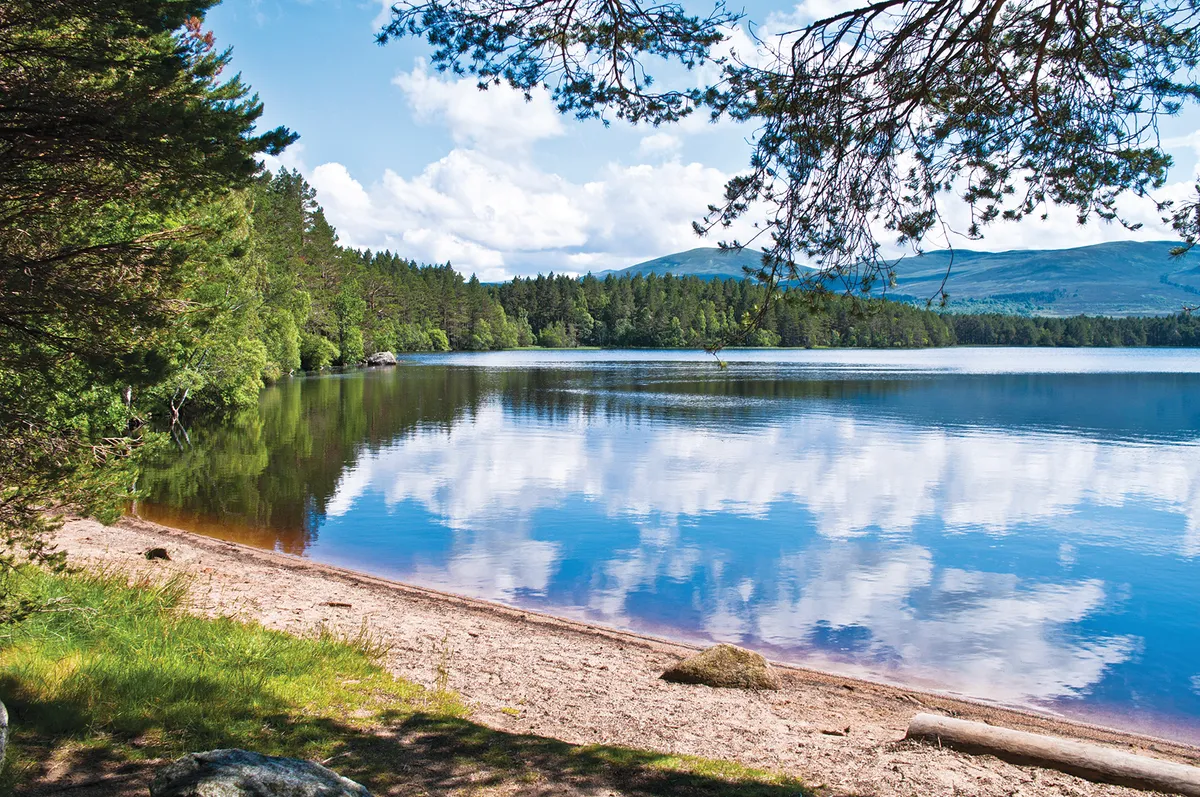
Hidden within Abernethy Forest in the lowlands of the Cairngorms National Park is Loch Garten. With its ancient Caledonian pine forest, boggy woodland and rich waters, the reserve is an embodiment of the wild and compelling nature of the Scottish Highlands.
In spring, the herby scent of pine fills the air, birdlife is abundant as summer migrants such as redstarts and tree pipits start to arrive. It is also at this time of year that resident ospreys should be hatching their chicks – watch these graceful fish-scooping predators in action with this film by Maramedia:
Magical woodlands gallery
Coed y Brenin, Gwynedd
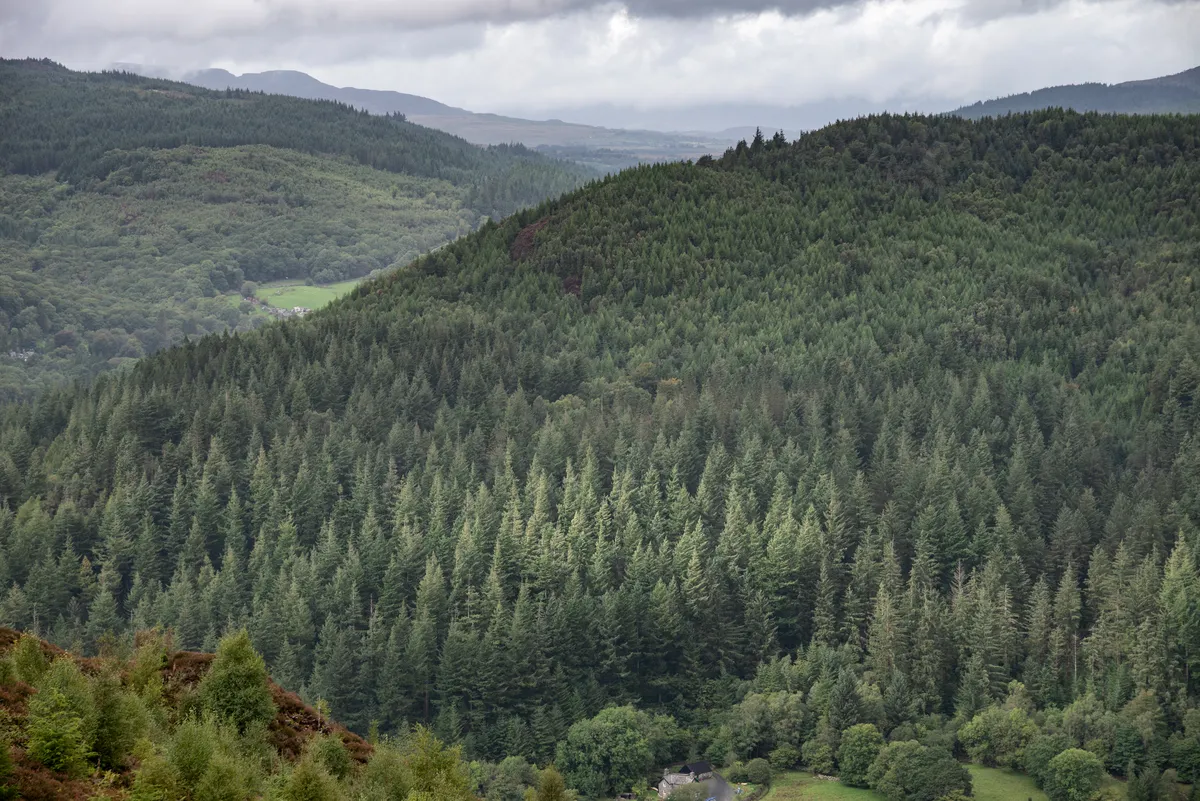
In Snowdonia’s rain-soaked forests, everything is clean and wet. Mist rises, trees transpire, moisture kisses your skin and wets your lips. Oxygen-rich air lifts your spirits and the sound of water fills your ears as it trickles down tracks, bubbles through moss, and crashes in creeks.
Coed y Brenin Forest Park covers 9,000 acres of woodland and river valleys. Its 500-million-year-old rocks with their deposits of copper and gold once made it a centre for mining. Now it’s managed for timber and recreation, with well-marked mountain-bike, walking and running trails.
Visit Snowdonia's forests from the air with this film by Jim Cossey:
Kielder Forest, Northumberland

Remote and serene, Kielder Water is, according to the Campaign to Protect Rural England, officially England’s most tranquil spot.
By day, the water of England’s largest man-made lake laps listlessly on a tranquil shore covered by England’s largest forest, where red squirrels thrive. By night, stargazers gather to experience the country’s darkest and clearest skies.
Take a tour of this peaceful water world from the air with this film by the Perspective Experiment:
Friston Forest, East Sussex

At only around 80 years old, Friston Forest is not an ancient wood, nor is it a royal hunting ground in the feudal forest-law sense, as established by William the Conqueror.
Friston Forest was newly planted in the 1930s and 1940s as part of the Forestry Commission’s remit to boost the amount of woodland in Britain and counter the then-precarious reliance on imported timber, especially in times of international strife.
At 850 hectares, it is the largest area of recently planted woodland in Sussex. But what it might lack in antediluvian grandeur, the forest makes up for in cool, calm, undulating quietude. Originally interspersed with blocks and rows of dense conifers to protect the broadleaf saplings, most of the Norway spruces and Corsican pines have now been cleared, leaving an open woodland with a light airy understorey.
Large areas of beech tree now cover the forest. Find out more about the life of this fabulous tree with the Woodland Trust:
Glen Affric, Highland
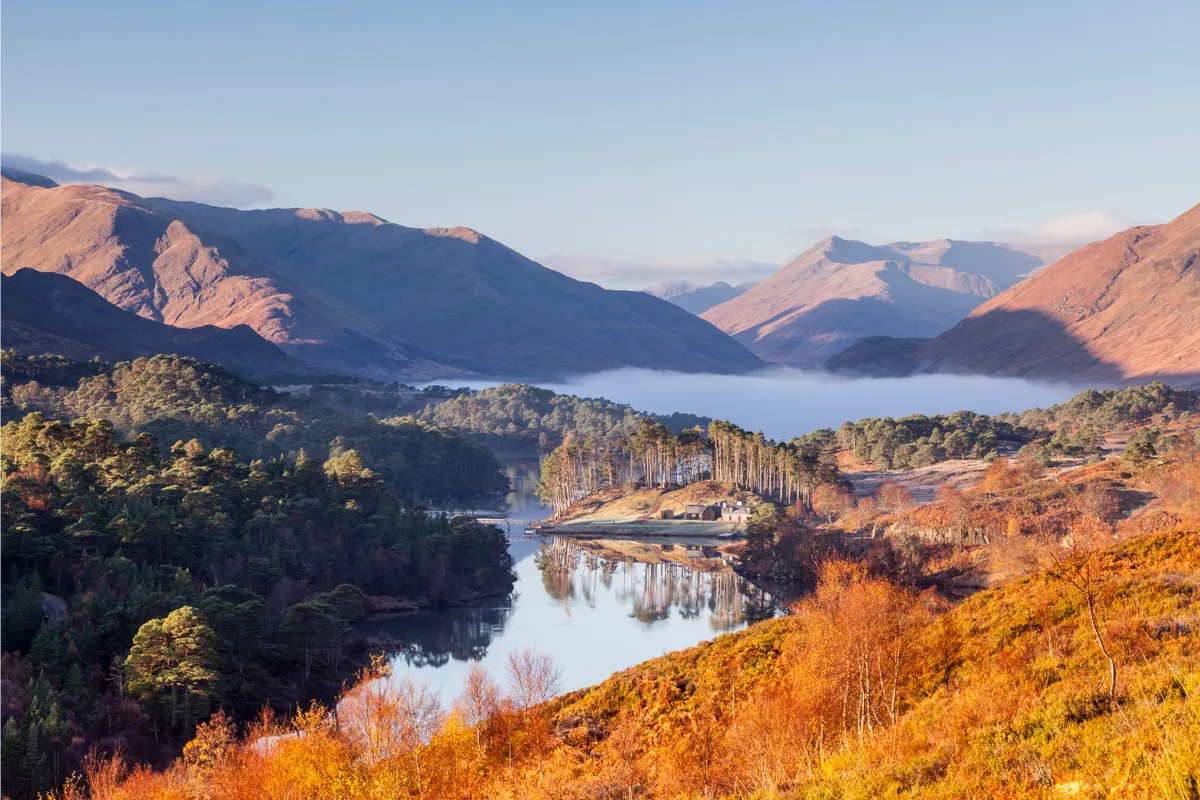
Often hailed as the Highlands’ most beautiful glen, Glen Affric not only boasts shimmering lochs and rugged mountains, but it is also one of the largest remnants of the pine forest that used to cover much of Scotland. For centuries the flanks of the glen were blanketed with birch, rowan and magnificent Caledonian pines.
Much of the forest was felled during the Industrial Revolution, but in recent decades Glen Affric has been at the centre of a determined attempt to conserve and extend the remaining woodland. And as the Scots pines have thrived so has the local wildlife, including the pine marten and the crossbill, a rare red-feathered bird nicknamed the Scottish parrot.
Find out more about the past, present and future of this beautiful glen with this film by Trees for Life:
Related articles:
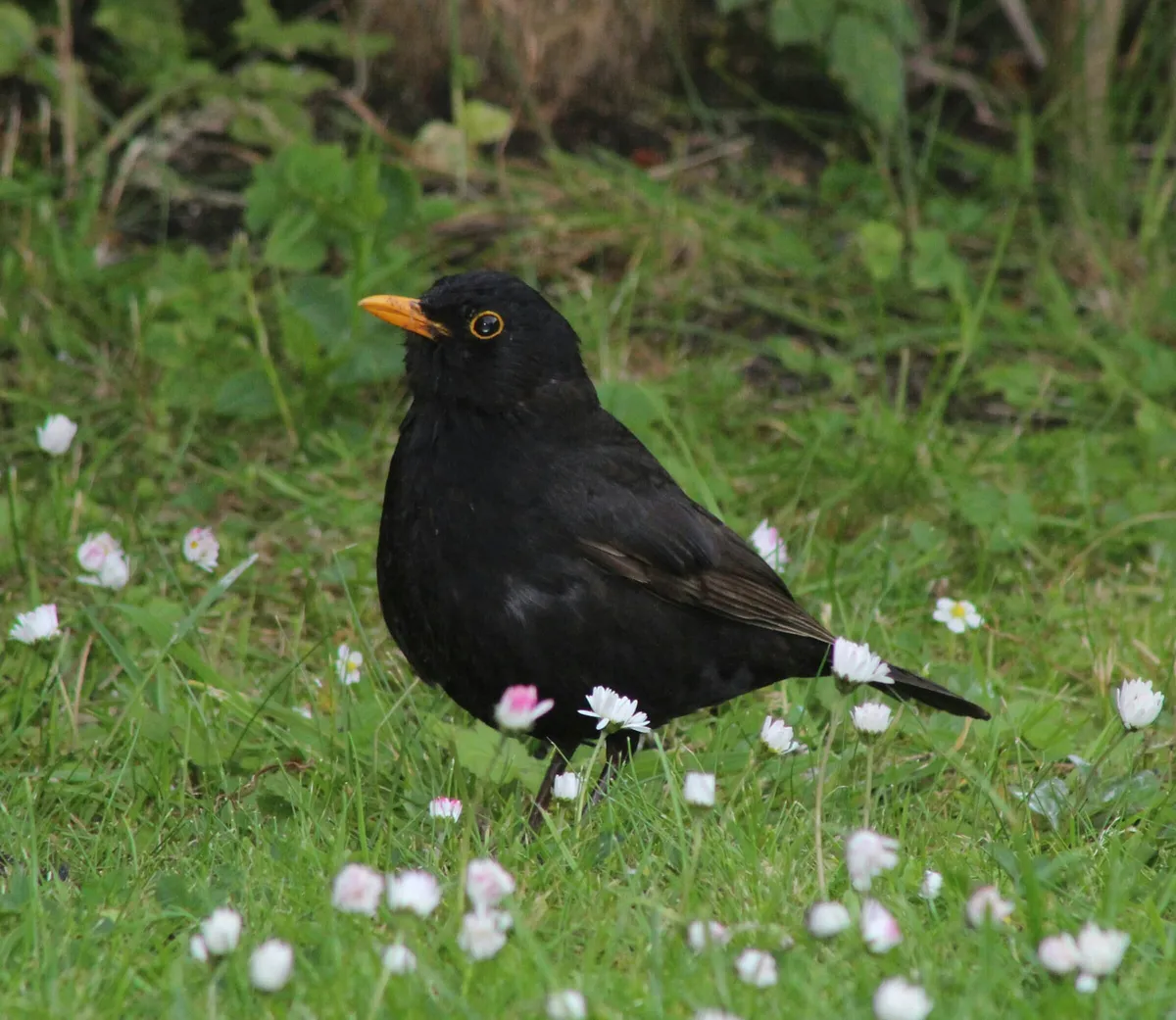
Coille Mhòr, Highland
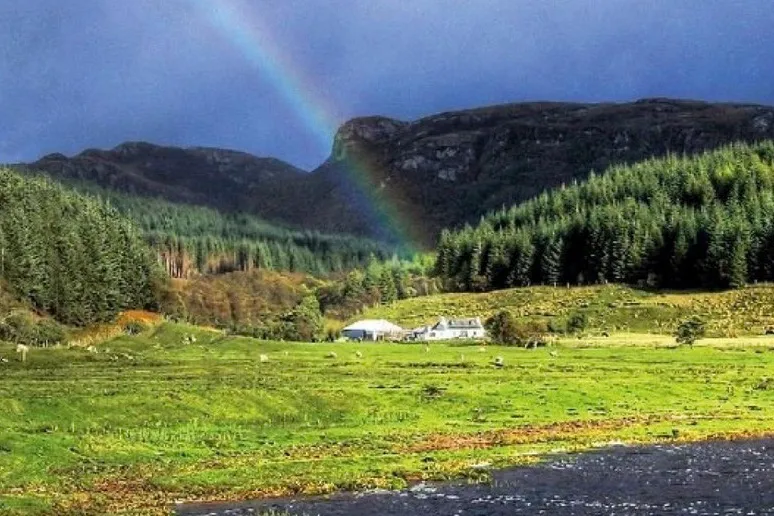
Coille Mhòr – the great wood – is a haven for beautiful flowers. Bluebells grow beneath the tree canopies, alongside the distinctive bluish-purple petals of common dog violet. Robert Herrick paid homage to the latter in his poem To Violets: “Welcome, maids of honour, You doe bring in the spring; And wait upon her.”
The zing of spring is powerful here. Pure air provides ideal conditions for an impressive range of lichens that grow en masse upon the old oaks of Coille Mhòr’s lower slopes. Higher up, birch, rowan, alder and ash thrive, and the forest is also home to mammals including badgers, pine martens and visiting otters.
Learn more about bluebells in Britain's forests with this film by WoodlandsTV:
Allen Banks, Northumberland
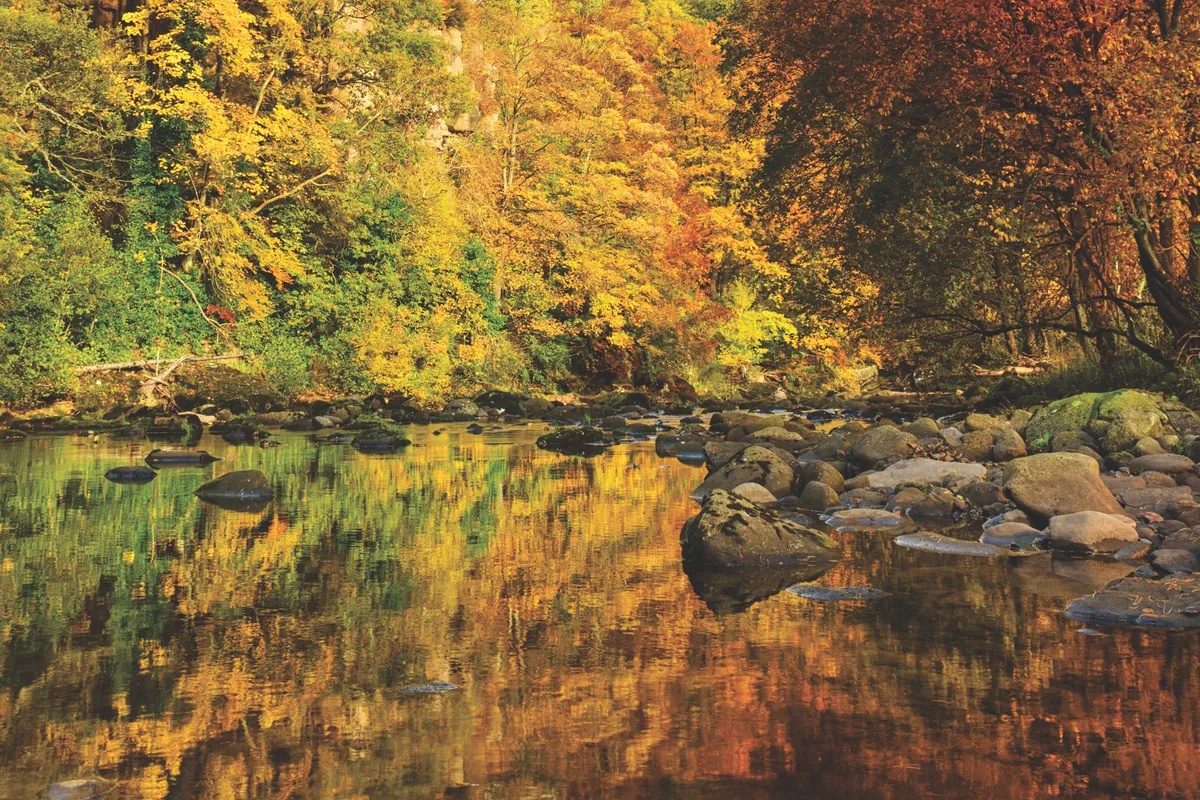
This hidden corner of Northumberland presents a real lost-world feel. Where the River Allen has cut a precipitous gorge on its winding course to join the River Tyne, that sense is reinforced. Forests of beech and oak cascade down the steep-sided valley, the largest area of ancient woodland in Northumberland.
Much of this landscape was influenced by its Victorian landowner Susan Davidson of Ridley Hall. Her work can be seen throughout the landscape, from the numerous steps and paths to the remains of several summerhouses dotted about the woodland. Most of the beech trees in the gorge were also planted by Susan in the 19th century. Local Victorian artist John Martin found inspiration in this gorge, walking alone “seeking all that was grand, romantic and beautiful”.
Wildlife is plentiful, and includes red squirrels, roe deer and even otters. The area is also home to woodpeckers, treecreepers and nuthatches. Watch nuthatches in action with this film by Ian Lavell:
Savernake Forest, Wiltshire
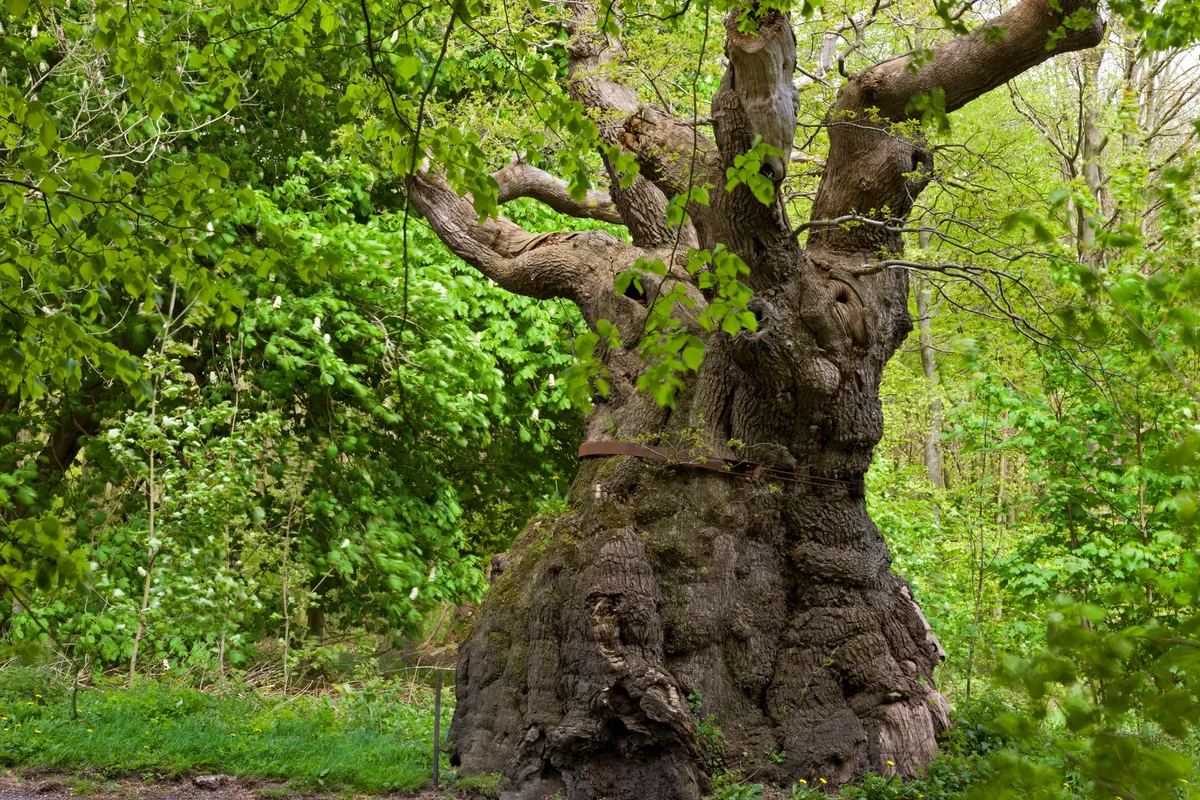
A few miles south of the historic town of Marlborough lies a sprawling 2,750-acre forest, once a popular hunting area where royalty chased stags past trees that still stand today.
Savernake is believed to hold the highest concentration of veteran trees in Europe. Several of these specimens have been bestowed with names that reflect their age and history, including the imposing Big Belly Oak, one of the oldest oak trees in Britain. This 1,100-year-old colossus has a 10.8m trunk, held together with a wide metal belt.
Watch a year in the life of an oak tree in this film by The Woodland Trust:
Macclesfield Forest, Cheshire
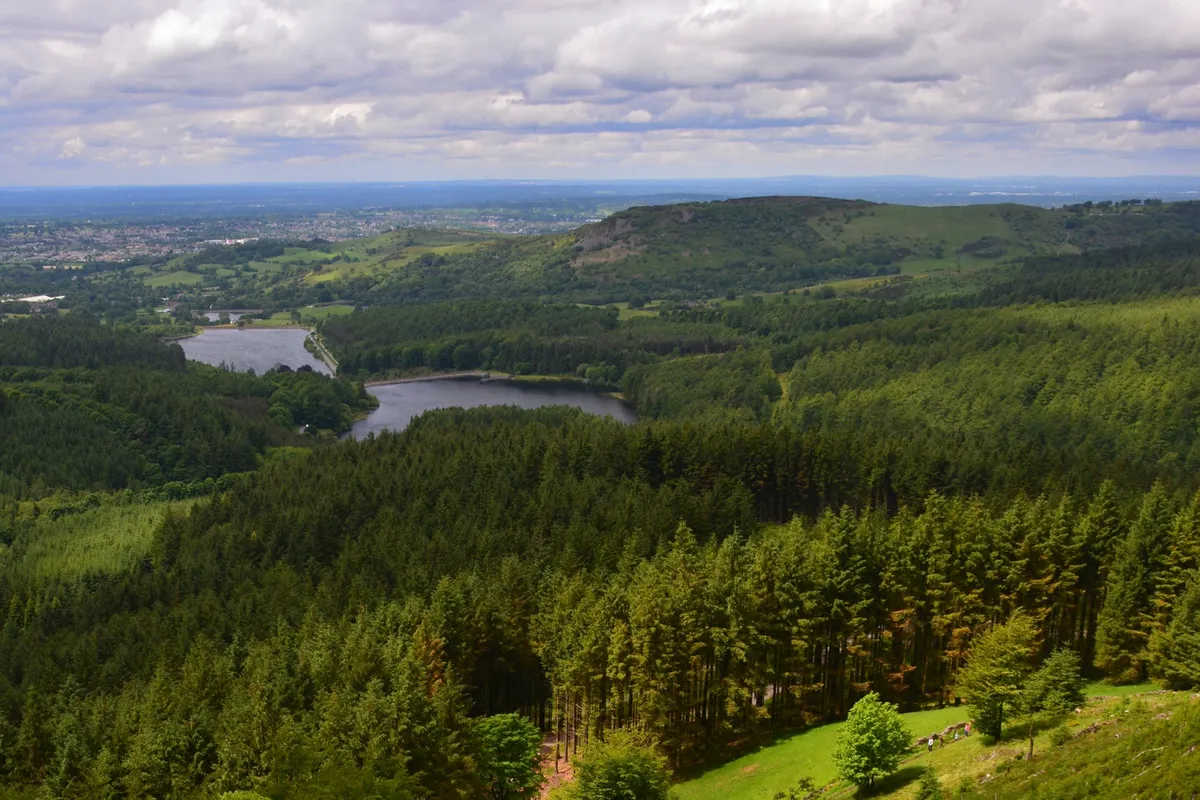
The remnants of this Norman hunting forest sitting high above Macclesfield are home to an abundance of birds and woodland flowers, including bluebells. Firm tracks and paths wind upwards through mixed fir and broadleaf woods to moorland edge pasture, generously endowed with views to nearby Shutlingsloe and the great ridge, topped by Cheshire’s highest point, Shining Tor.
Ridgegate is one of a series of reservoirs on the fringes of Macclesfield Forest that attract great crested grebes, cormorants and a host of wildfowl, while common sandpipers enjoy rich pickings along the muddy shoreline.
In the woods, you can spot crossbills flitting among the pine trees, along with pied flycatchers and redstarts, and you may even see one of the small herds of red deer that still roam among the trees.
Admire the song of the pied flycatcher in this film by Midlandsbirder:
